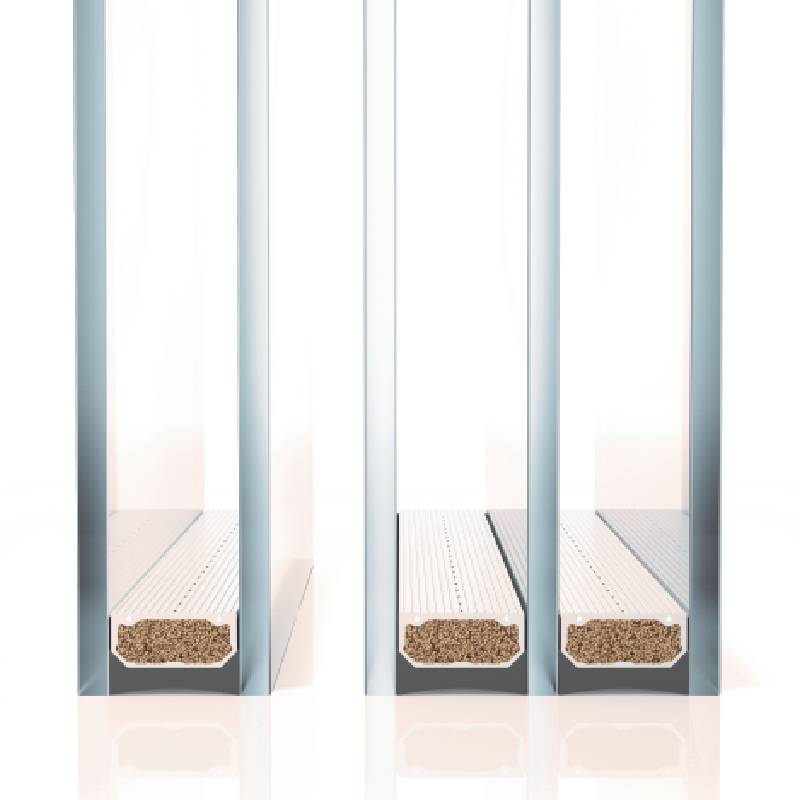

Reflective float glass is an innovative building material that has gained significant popularity in the construction and design industries. Known for its unique reflective properties, this type of glass not only enhances the aesthetic appeal of buildings but also contributes to energy efficiency, making it a preferred choice for architects and designers alike.
The production of reflective float glass involves a sophisticated manufacturing process. Initially, raw materials such as silica sand, soda ash, and limestone are melted at high temperatures to form molten glass. This molten glass is then floated on a bed of molten tin, creating a smooth, uniform surface. Once the glass cools and solidifies, a reflective coating is applied to one side. This coating can vary in composition, often made from metallic oxides, and is designed to enhance the reflective quality of the glass.
One of the primary advantages of reflective float glass is its ability to reduce solar heat gain. The reflective surface can bounce back a significant percentage of incoming solar radiation, thereby minimizing the amount of heat that enters a building. This property can lead to reduced reliance on air conditioning systems, making buildings more energy-efficient and environmentally friendly. As a result, reflective float glass is often used in commercial and residential buildings, especially in regions with high sunlight exposure.
In addition to its energy-saving benefits, reflective float glass enhances the aesthetic value of structures. The reflective surface provides a modern and sleek appearance, allowing buildings to merge harmoniously with their surroundings. This quality is particularly advantageous in urban environments, where reflective glass can create stunning visuals by mirroring the skyline and natural landscapes. The variety of colors and finishes available also enables architects to achieve specific design goals, whether they aim for a bold statement or a more subtle integration with the environment.

Moreover, reflective float glass offers improved privacy for occupants. While allowing natural light to filter into a building, the reflective coating obscures visibility from the outside during the day. This characteristic makes it ideal for office buildings, residential complexes, and other spaces where privacy is a concern. Furthermore, the adaptability of reflective float glass extends to various applications, such as curtain walls, windows, and skylights, contributing to its widespread use in modern architecture.
However, it is essential to consider certain factors when using reflective float glass. While it provides numerous benefits, excessive reflectivity can cause glare, which may affect neighboring buildings and road traffic. Careful design and placement are crucial to mitigate these issues.
In conclusion, reflective float glass is a remarkable material that balances beauty, functionality, and sustainability. As the demand for energy-efficient buildings continues to grow, this versatile glass type will undoubtedly play an integral role in shaping the architecture of the future.